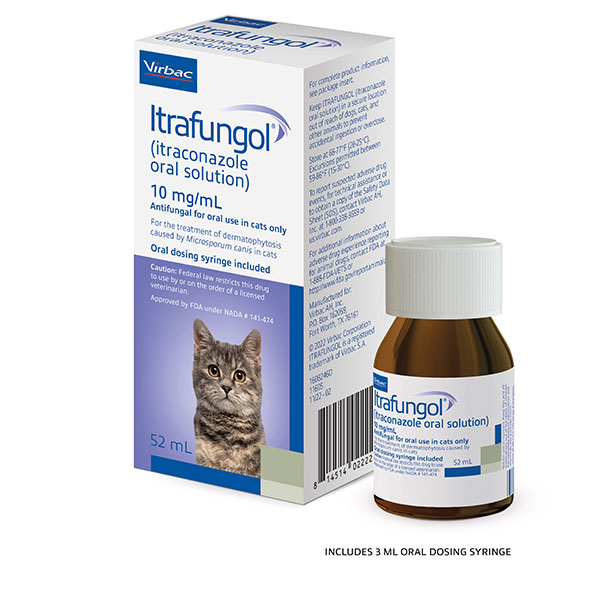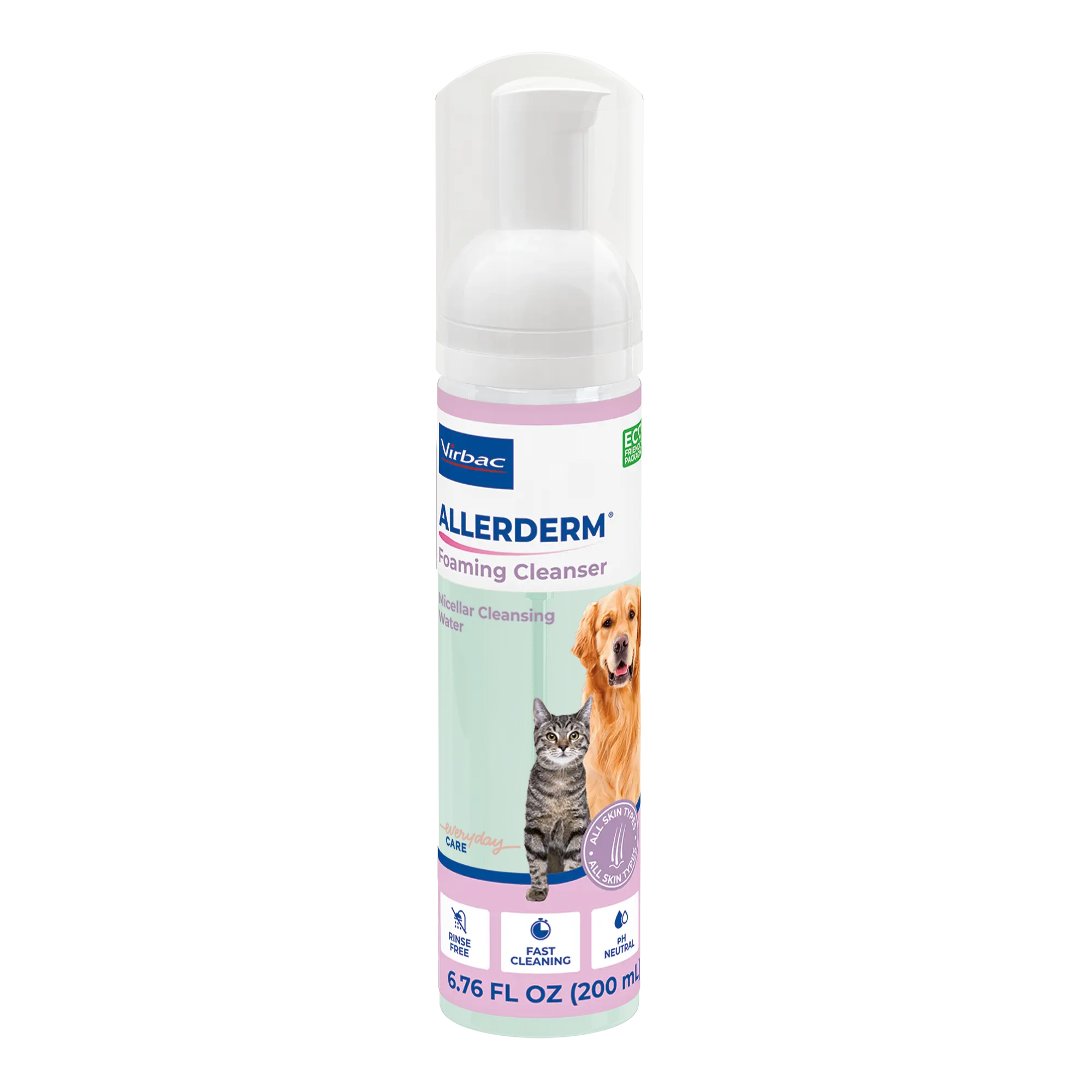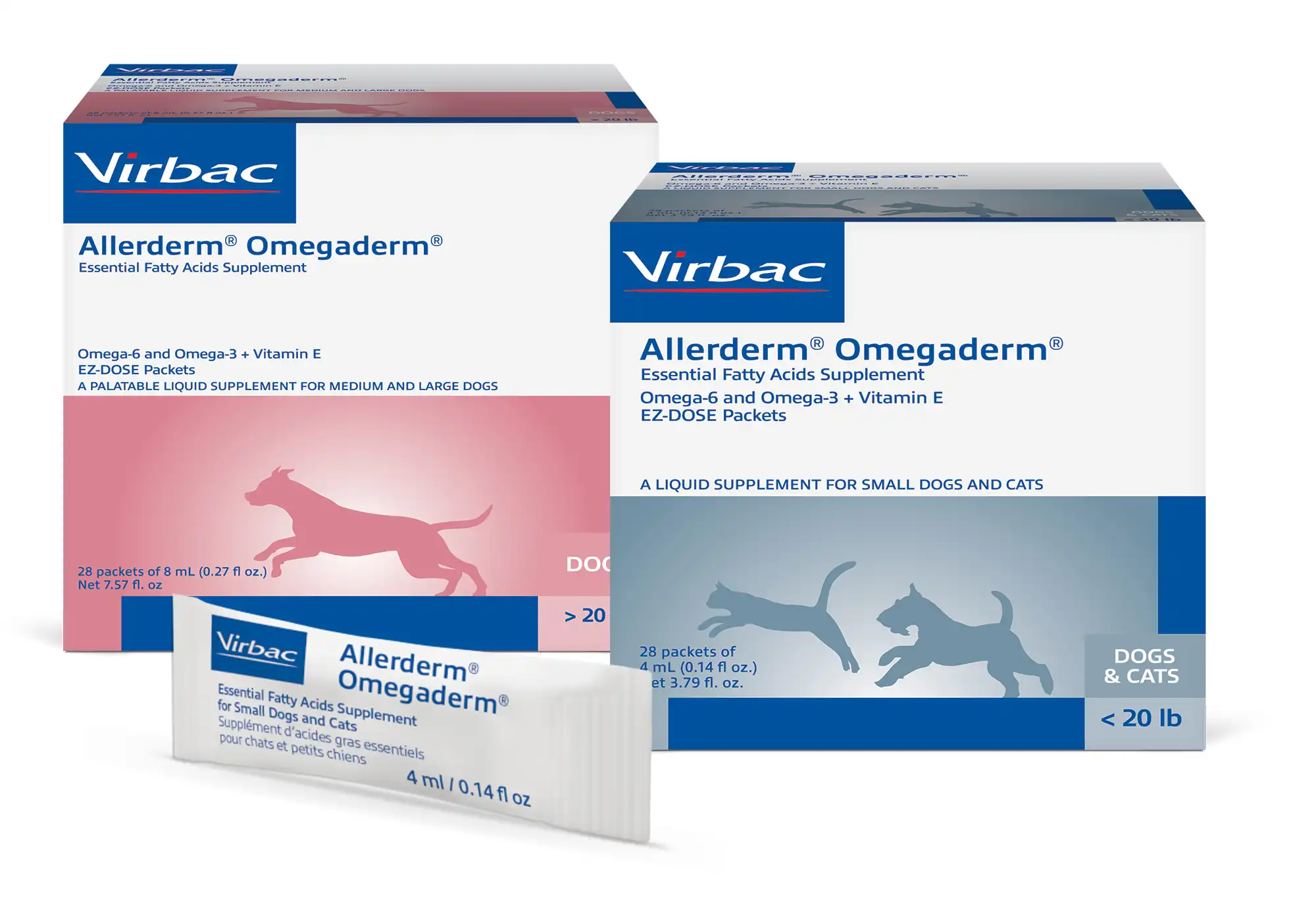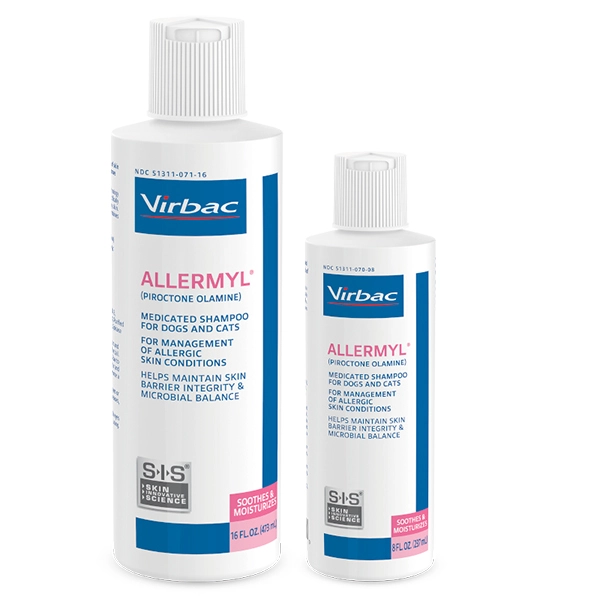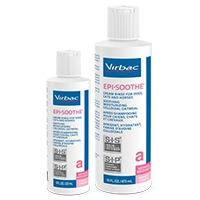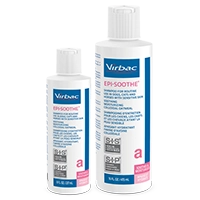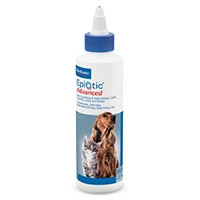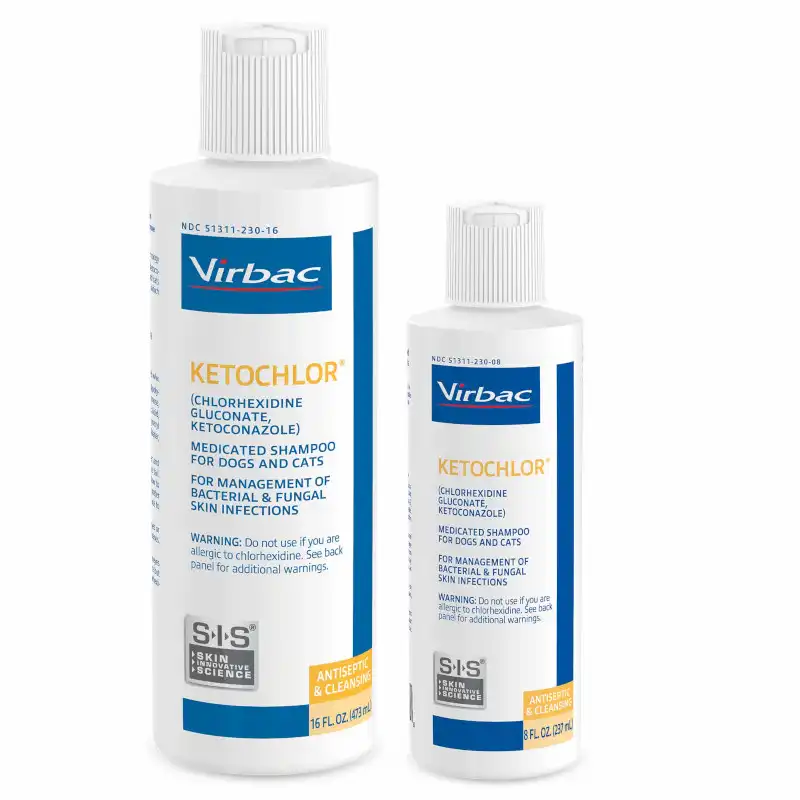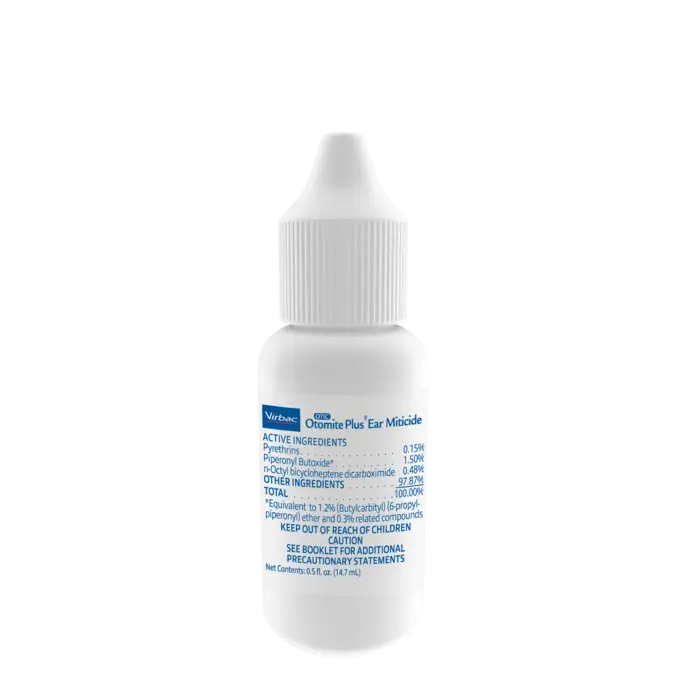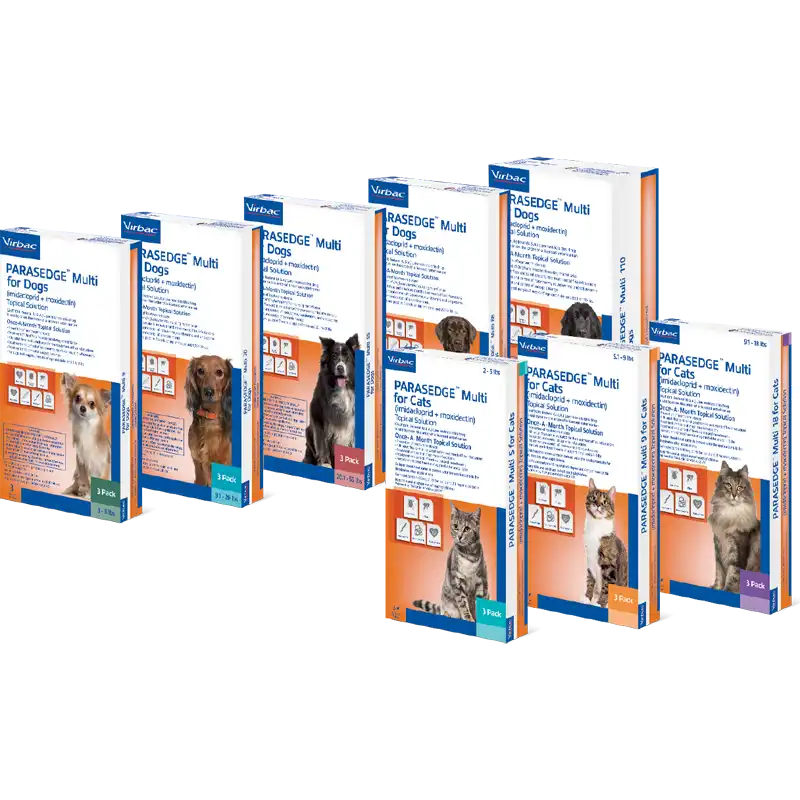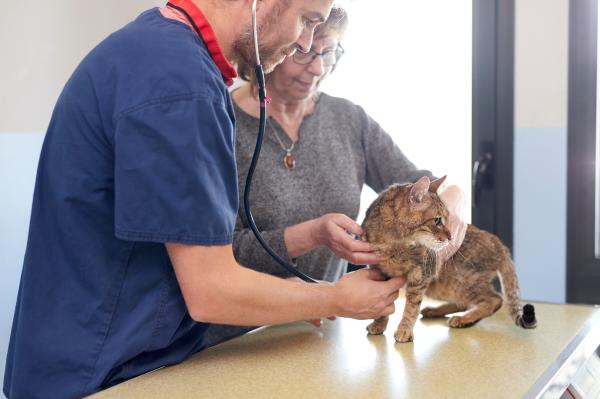ITRAFUNGOL® (itraconazole oral solution)
For the treatment of dermatophytosis caused by Microsporum canis in cats
Dermatophytosis incidence
- Approximately 1.3 million cats are treated annually3
- While any cat can be affected, young, weak or immunosuppressed animals are more susceptible1
- Cats can be exposed to infective spores via contact with carrier cats, contaminated blankets, bedding, toys, brushes and fleas4

Clinical Signs
- Hair loss (alopecia) appearing in single or multiple circular or irregular patches1,7
- Scaling/crusting and erythema1,7
- Broken hair1,7
- Lesions occurring primarily on the head, ears, tail and front paws1,2
Zoonotic Potential
- About 50% of humans exposed to infected cats acquire an infection, even if the cats are not showing signs of infection5
- Spores in the environment can remain infectious for up to 18 months5
 Diagnosis
Diagnosis
Rapid confirmation of infection is necessary to begin treatment and limit spread to other animals and people. Common diagnostic methods include:6
- Wood’s ultraviolet lamp: Shows green fluorescence from Microsporum canis-infected hair shafts. Active infection in the follicular unit produces a chemical that fluoresces. In early infections, the proximal hair shaft fluoresces. In established infections, the entire hair shaft might glow. After treatment, there may be persistent presence of “glowing tips” as the hair grows out.
- Examination of hairs and scales: Microscopic examination of hair plucked from the periphery of lesions, and scrapings from alopecic areas for hyphae and/or spores. Hairs and scales are mounted (e.g., in mineral oil) for microscopic examination.
- Culture: Brush suspect lesions and the coat using 20 brush strokes (or brushing for 2 to 3 minutes) with a soft-bristle toothbrush. Inoculate the toothbrush into a dermatophyte culture medium. M. canis infection changes the medium color (yellow to red). The resulting colonies can be microscopically examined for speciation. A positive culture does not always indicate an active infection; a scoring system is used to determine a pathogen score (P-score).
ITRAFUNGOL oral solution is indicated for the treatment of dermatophytosis caused by Miscrosporum canis in cats.
 Proven Efficacy10
Proven Efficacy10
80 cats infected with Microsporum canis were treated with either placebo or ITRAFUNGOL, (5 mg/kg/day) over alternate weeks for three treatments, followed by a 4-week follow-up period. No topical therapy was used.
In the group treated with Itrafungol:
- Clinical improvement was seen within 7 days of starting treatment
- Clinical cure occured well in advance of mycological cure
- 90% had at least 1 negative fungal culture by the end of the study
- 98% had complete resolution of all clinical lesions, compared to 15% of untreated cats by the end of the study
- Time to mycological cure was significantly shorter (P = 0.0003) for cats in the treated group versus control
ITRAFUNGOL Dosing

- Daily ITRAFUNGOL oral solution dose is 5 mg/kg (0.5 mL/kg) on alternating weeks for three treatment cycles
- Itraconazole accumulates in hair and skin, providing antifungal activity between doses and after the last dose3
- Residual concentrations in hair and skin remain above therapeutic levels during non-treatment weeks10
FDA is aware of significant variations in drug absorption of oral formulations of itraconazole compounded by different pharmacies.
FDA recommends that veterinarians prescribe FDA-approved Itrafungol oral solution9
- FDA-approved drugs have data demonstrating that the drugs are safe, effective and properly manufactured so they have the intended quality and effect
- The labeling for Itrafungol oral solution is written specifically for cats and includes all necessary information, including associated risks, so you can use the drug safely and effectively in cats
![23_icon_dark.webp]() Shop Virbac at Vetcove
Shop Virbac at Vetcove
You can shop all Virbac products on Vetcove and connect your distributor accounts to purchase and access rewards.
Pet Owner Information:
We have a separate site specifically tailored to pet owners with all the information you need to ensure your pets are taken care of to the highest degree! Click here to view this product's page on our pet owner website!
Important Safety Information:
ITRAFUNGOL® (itraconazole oral solution): For use in cats only. Wash hands and exposed skin after use. Do not administer to cats with hypersensitivity to itraconazole. ITRAFUNGOL oral solution has not been shown to be safe in pregnant cats and should only be used in pregnant or lactating cats when the benefits outweigh the potential risks. Administer orally using the enclosed graduated dosing syringe. Use with caution in cats with renal dysfunction or impaired liver function. If clinical signs suggestive of liver dysfunction develop, treatment should be discontinued. ITRAFUNGOL oral solution is a cytochrome p-450 inhibitor and may increase or prolong plasma concentrations of other drugs metabolized by this pathway. Cats suffering from heart disease should be carefully monitored during treatment. The most common adverse reactions reported in clinical trials were elevated hepatic enzymes and gastrointestinal upset such as increased salivation, vomiting, diarrhea, and decreased appetite. For full prescribing information, contact 1-800-338-3659 or see the Product Insert.
References
1. Moriello KA, DeBoer DJ. Cutaneous Fungal Infections. Infectious Diseases of the Dog and Cat. 4th edition: 2012;588-602.
2. Chermette, R., Ferreiro, L. & Guillot, J. Mycopathologia 2008 166: 385.
3. Virbac Animal Health, Data on file.
4. Moriello, K. Feline Dermatophytosis: Aspects Pertinent to Disease Management in Single and Multiple Cat Situations. J Fel MedS urg. 16: 2014;419-431
5. Miller WH, Griffin CE, Campbell KL, eds. Fungal and algal skin disease. In: Muller & Kirk’s Small Animal Dermatology, 7th ed. 2013;223-283.
6. Moriello, K., Coyner, K. et. al. Diagnosis and Treatment of Dermatophytosis in Dogs and Cats: Clinical Consensus Guidelines of the World Association for Veterinary Dermatology.Vet Dermatol. 28.3: 2017;266-e68.
7. Ghannoum, M. and Rice, L. Antifungal Agents: Mode of Action, Mechanisms of Resistance, and Correlation of These Mechanis ms wtih Bacterial Resistance. Clin Microbiol Rev. 12.4: 1999;501-517.
8. Puls C, Johnson A, et al. “Efficacy of oral itraconazole oral solution using an alternatingweek pulse therapy regimen for treatment of cats with experimental Microsporum canis infection.” Journal of Feline Medicine and Surgery 2018, Vol. 20(10) 869-874
9. Itrafungol (itraconazole oral solution) - Veterinarians. FDA Approves Itrafungol, a New Animal Drug for Treating Ringworm in Cats.https://www.fda.gov/animal-veterinary/product-safety information/itrafungol-itraconazole-oralsolutionveterinarians. itrafungol-itraconazole-oral-solution-veterinarians. Accessed September 5, 2019.
10. Product Insert

